Original URL: https://www.theregister.com/2010/11/01/paris_climax/
PARIS in 89,000 ft climax
Amazing vid captures Vulture 1 release
Posted in Science, 1st November 2010 13:30 GMT
The Paper Aircraft Released Into Space team has spent the last three days sipping champagne and analysing data and images following last week's triumphant space plane mission.
Here's an quick snap of the launch (.kmz location here), and the same seen from the main payload Kodak Zx1 video camera:
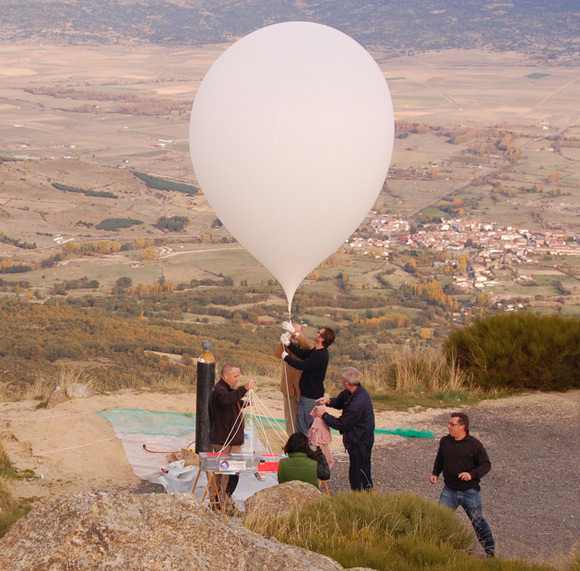
Our later recovery of the Vulture 1, just about here (.kmz), proved that the release mechanism certainly worked as planned.
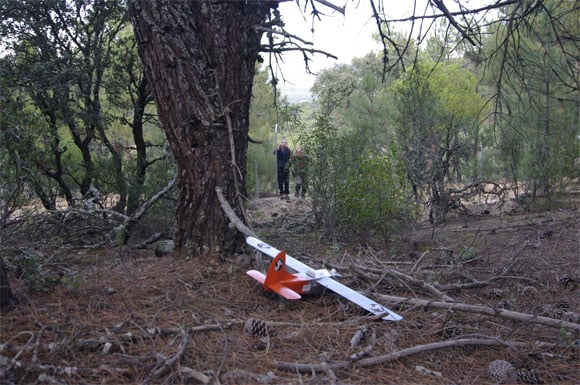
The big question, though, is at just what height our intrepid Playmonaut began his epic descent to terra firma.
The main payload transmitter enabled us to plot the entire track of the balloon in real time. The data text file is here, which you can view in Google Earth as a .kml file:
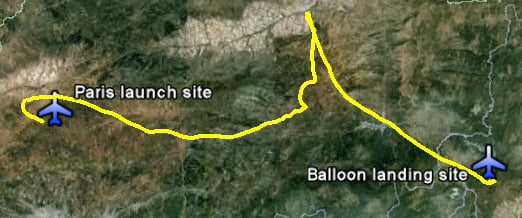
We had to wait, though, to slurp the Vulture 1 data from the onboard GPS/APRS unit to see if there was evidence of the separation.
The results were a tad disappointing, showing the aircraft's descent from 6,302ft to the ground, in an entertaining track reminiscent of the Flying Spaghetti Monster. The text file is right here.
We suspect that the GPS initially failed to lock, since the Vulture 1 was sitting under the main payload box. Whether the data we did get is accurate is open to debate. It shows a pretty wild ride, but the plane landed almost intact, apart from some damage to the port wing:
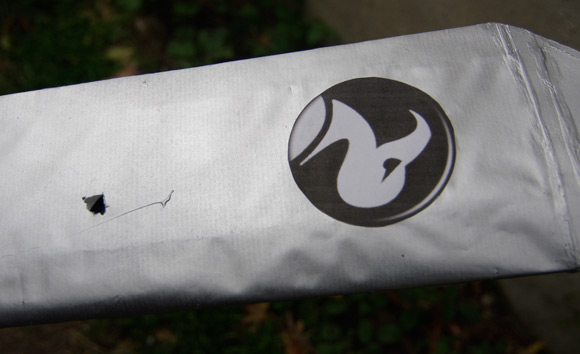
So, at what height did the Vulture 1 actually release? Well, you can imagine that we were a bit gobsmacked when we checked all the footage from the main payload vid camera, and saw this quite remarkable moment:
Our initial edit, without sound, indicated only that the release came at some considerable altitude. Having calmed down a bit, we compared the video running time from launch to drop to the balloon data timeline.
The result was that the Vulture 1 released at over 89,000ft, or just about when the balloon went pop around one hour, 25 minutes after launch. If we'd been paying attention to the video soundtrack in the first place, we'd have caught the bang:
Terrific stuff. It's now evident that the PARIS Playmonaut successfully guided his craft down from a maximum altitude of 89,591ft, to a textbook woodland landing.
Why the plane didn't release before remains unanswered. The mechanism clearly worked, or the Vulture 1 would have come down with the main payload.
It appears the shock of the balloon burst shook the space plane free - perhaps it was frozen to the underside of the main payload box? Further forensic examination may reveal the truth, but for now we'll leave it to you lot to chew it over.
Finally, the fact that the Vulture 1 landed close to the main payload (.kmz) was, given the height they separated, both coincidental and an amazing piece of luck.
Either that, or we faked the whole thing at NASA's Nevada desert space conspiracy facility, including this impressive view enjoyed by our heroic Playmonaut:
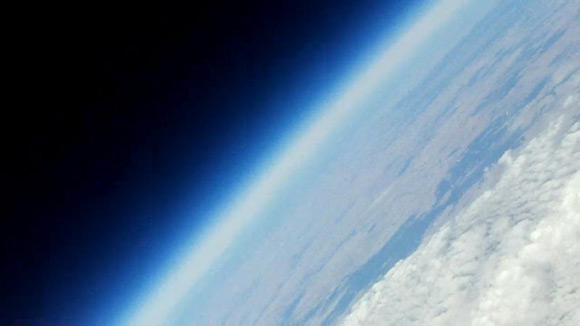
We'll have more video and snaps for you later in the week, in a comprehensive PARIS wrap extravanganaza. ®
Additional PARIS resources
- Our dedicated PARIS section, with all previous updates, is right here.
- New to PARIS? We have a basic mission summary here (pdf).
- Our Flickr page, for your viewing pleasure.
- Check out our lovely YouTube channel.
